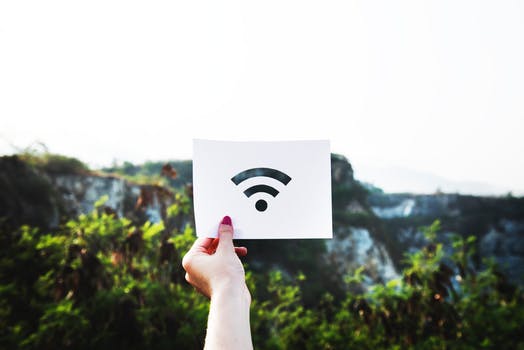
The Internet of Things
Twenty-first-century humans connect with each other through the Internet, the complex web of personal, business, education, and government computers that communicate with each other constantly. Non-humans also communicate through their own Internet, the Internet of Things. Also known as smart devices, these devices send information back and forth to humans, and to each other. In 1990, according to IT Research Company Gartner, there were .03 million “smart” or connected, devices in use. By 2015, the estimated number of such devices will be three trillion.
A few examples of connected devices currently in use are smartphones, wearable devices such as fitness trackers, and smart TVs. All of these devices can gather data and communicate it in a variety of ways. Your smart TV can gather information about the types of programming you prefer, and display suggestions. Your fitness tracker can count the number of steps you take and give you a daily summary and can communicate with other devices, like your smartphone. In the not too distant future, your fitness tracker will be able to communicate with your smart refrigerator, tracking your daily calorie intake and making suggestions about which foods to put on your grocery list. A smart scale may communicate the same information after your daily weigh-in, or send information to your fitness tracker so you can be reminded to get in an extra half hour of exercise.
In the manufacturing industry, the Internet of things is creating smart factories. Machines in the factory, distribution vehicles, and even the products themselves may be able to communicate with each other, streamlining the entire production and distribution process. Automated machines in manufacturing companies who make industrial components, like Lee Spring, for example, may be able to increase production of a certain style or size of an item based on information conveyed by computers in the shipping department. It is not inconceivable that the products themselves may someday convey information back to the factory about their performance and applications after they are sold. A transformer produced by Pico may communicate back to the factory such information like where it was installed and what type of application it was used for. Products may also inform manufacturers when they malfunction, reducing the amount of time needed to correct a possible design flaw.
In the service industry, connected devices are already being employed to increase efficiency. GPS device in an Uber vehicle communicates the vehicle’s location to a customer’s mobile device, letting the customer know not only when to expect his ride, but also what type of vehicle to expect, an important safety feature. In other mobile service applications, like lock picking in Suffolk County, almost all of the scheduling and dispatching can be accomplished without human intervention.
One day in the near future, you may walk into a store and receive a personalized message telling you about a sale on your favorite brand of shoes. The smart store may also track your shopping habits and show you the locations of your favorite items. Smart shelves may tell the stocking department when items are running low, dispatching an automated or human stocker with replacements immediately.
It may feel strange to think that non-human devices are constantly communicating with each other, with no direct human supervision. Remember, though, that, at least for the near future, connected devices are only able to communicate what we tell them to share. If you are worried about your privacy, the programmers, not the devices, are the ones to watch.



